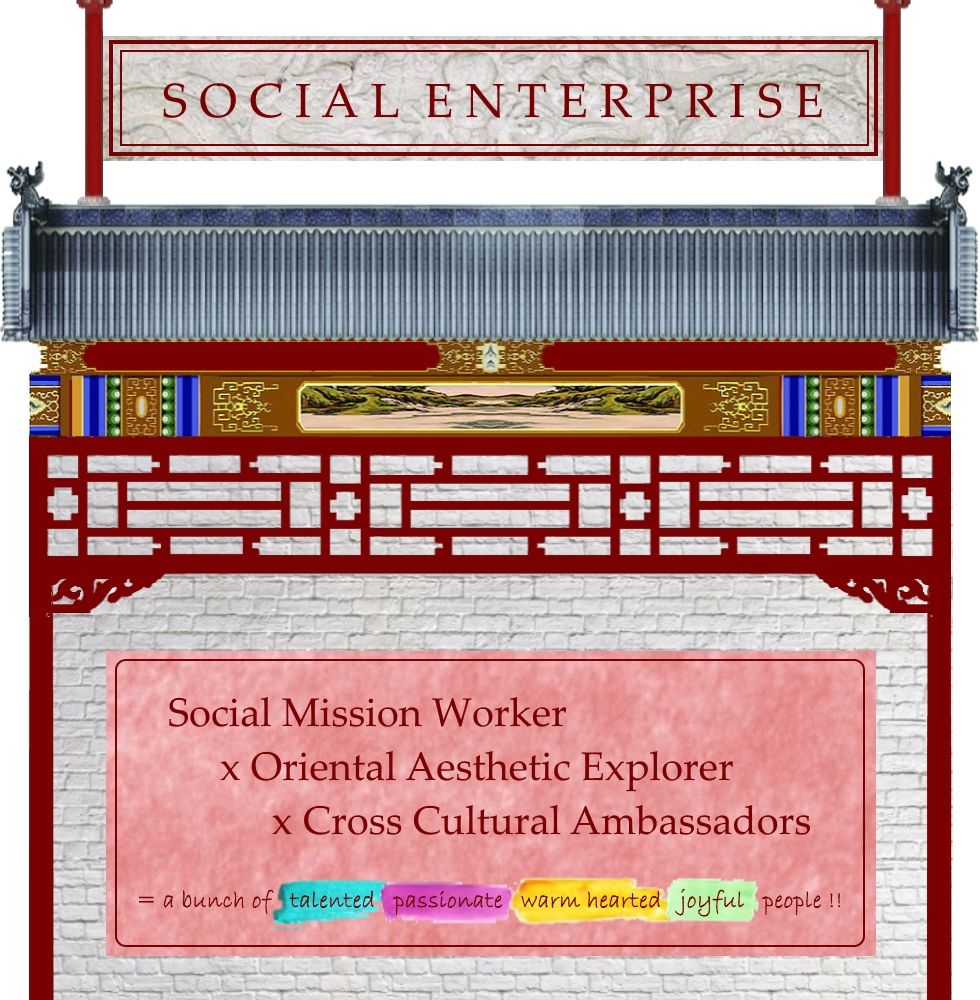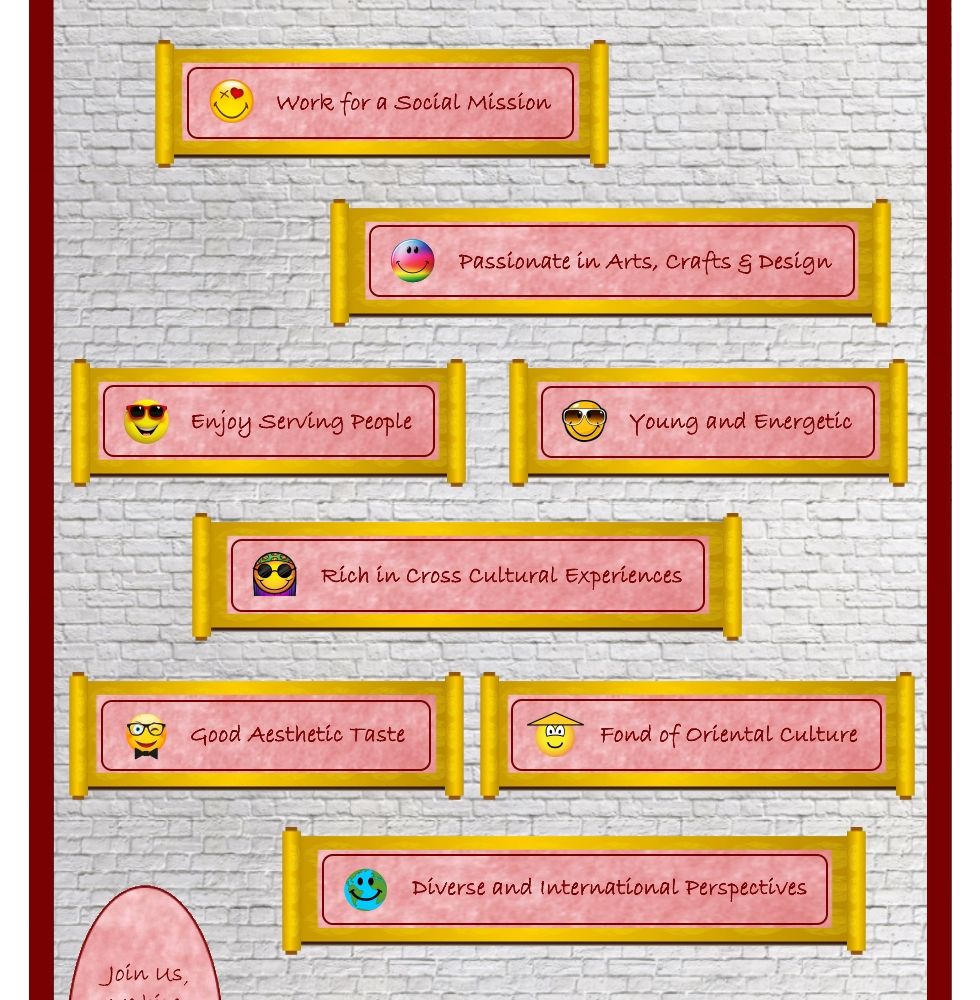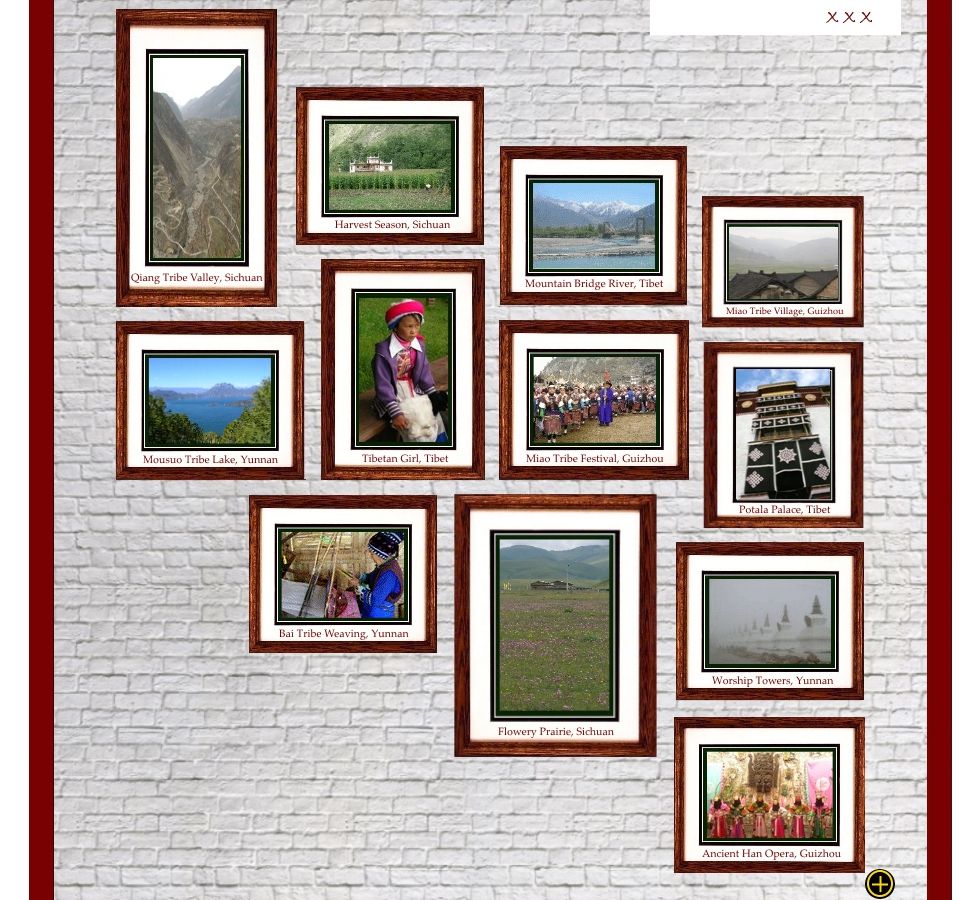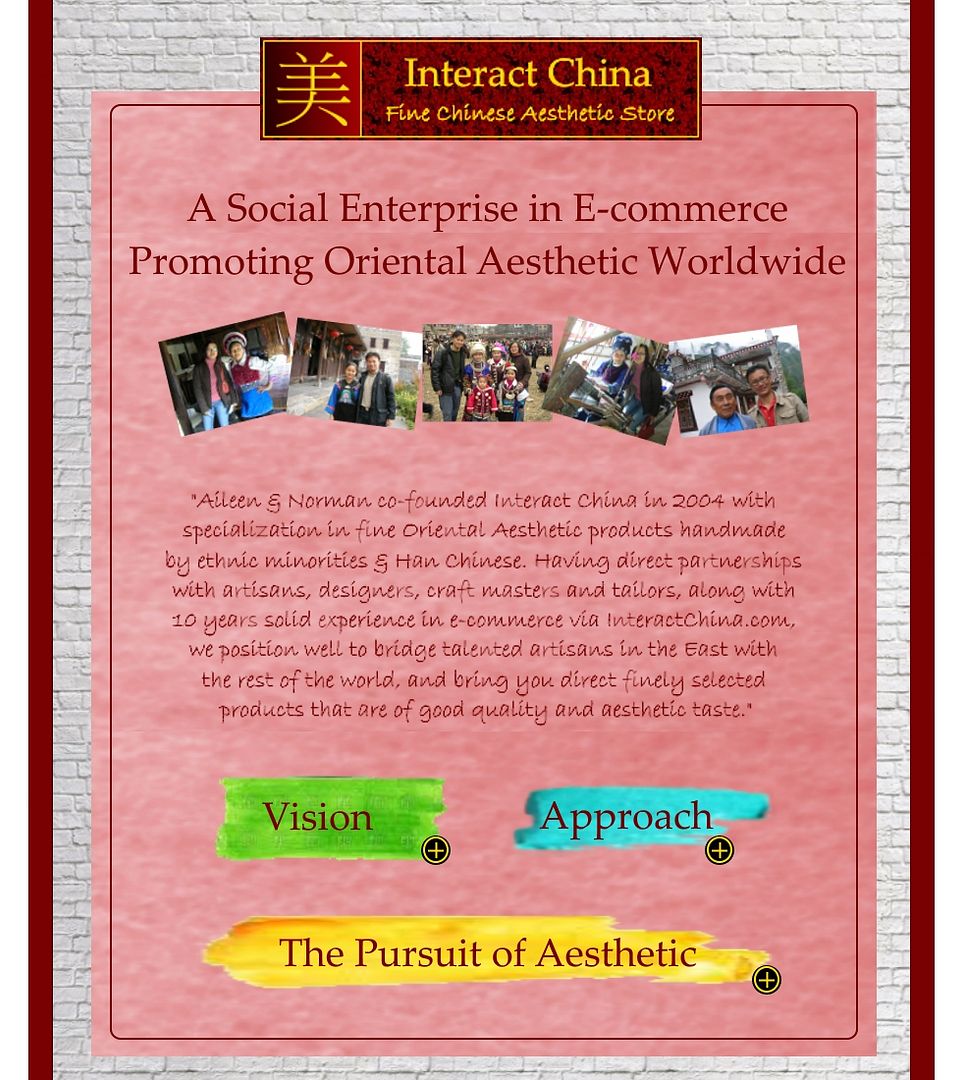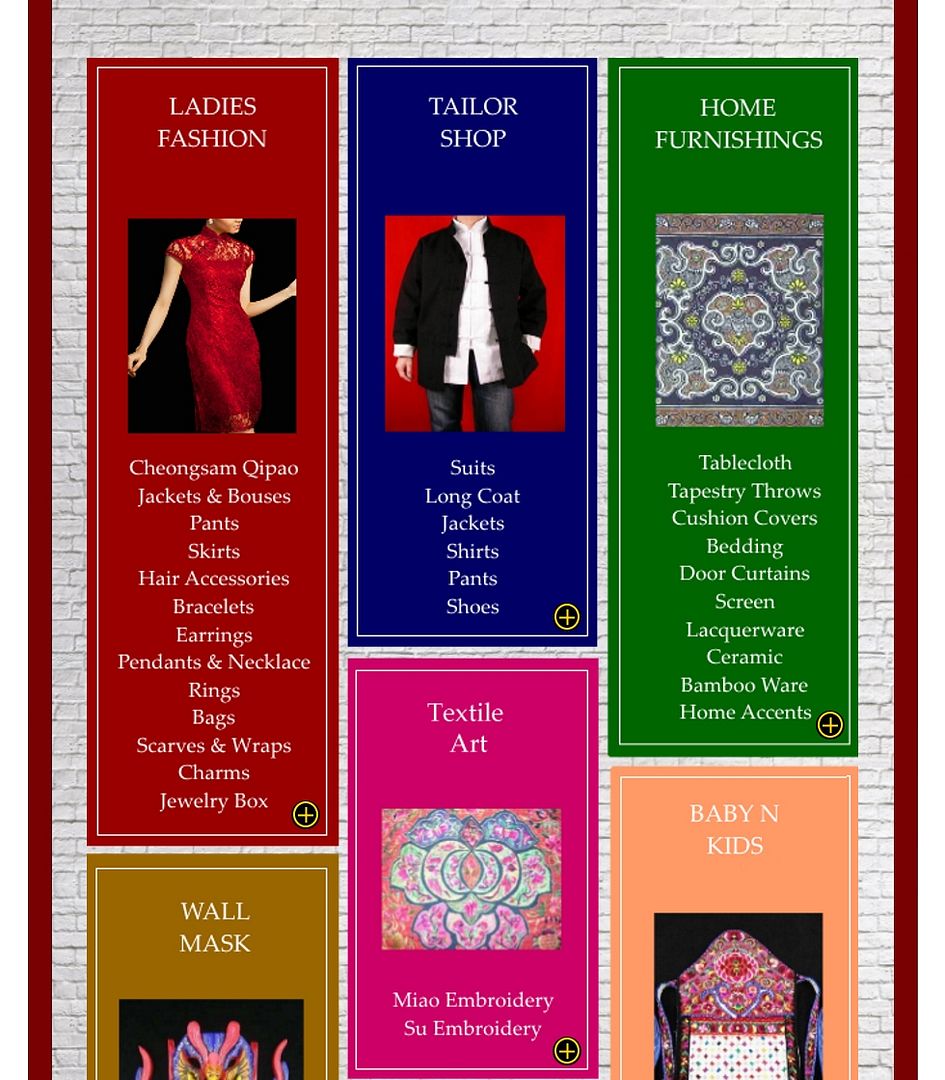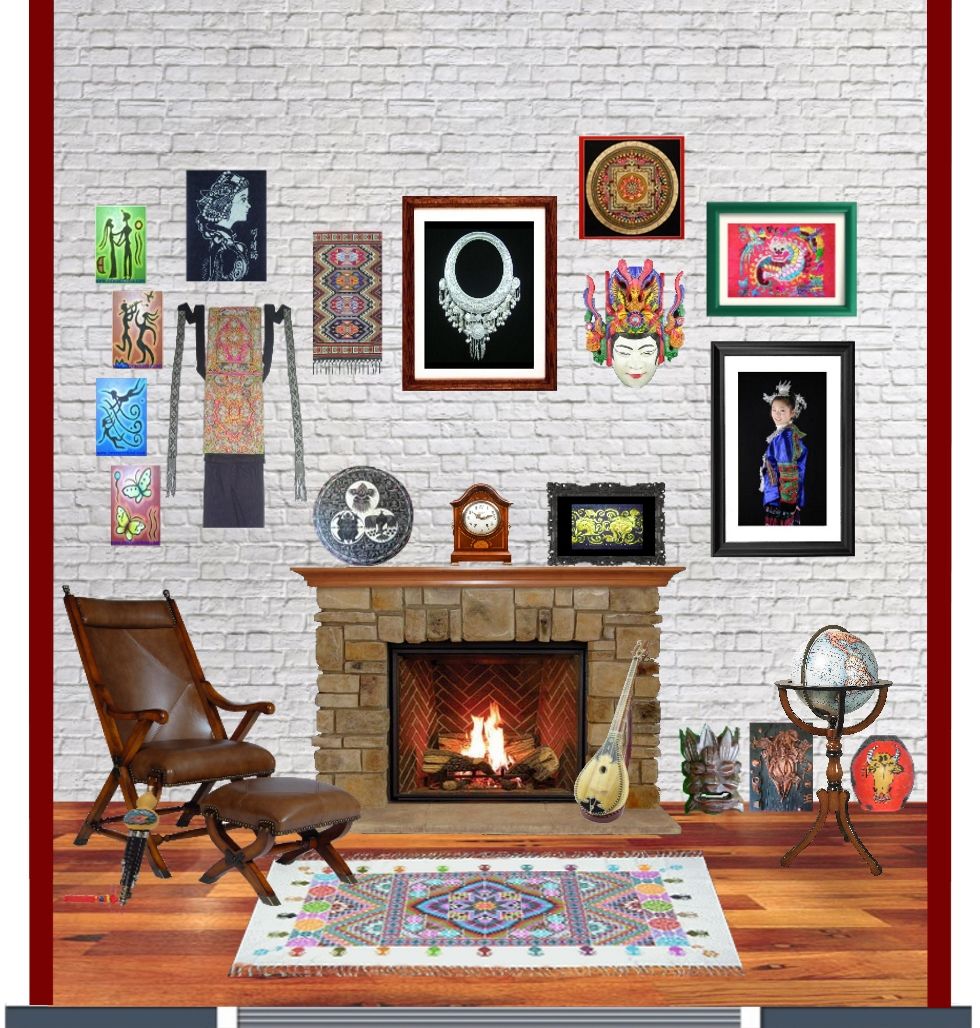Chinese cultural relics lost overseas(part 1)
7th Jun 2017
Statistics from the Chinese Culture Relics Society show that more than 10 million Chinese cultural relics have been lost overseas due to wartime robbery or iniquitous trade since 1840. According to the UNESCO (United Nations Educational, Scientific, and Cultural Organization), about 1.67 million Chinese relics are housed in more than 200 museums in 47 countries.
On the occasion of Chinese Cultural Heritage Day, let’s have look at some of the most famous Chinese relics housed abroad.
Cloisonné jar, Ming Dynasty, Xuande period (AD 1426-35)
 The Cloisonné jar is housed in the British Museum.
The Cloisonné jar is housed in the British Museum.
The Chinese perfected the cloisonné enamel technique during the 15th century. By the time this jar was made, it was considered appropriate for imperial use, and many superb pieces were made for palaces and temples. Some of the vessel forms were borrowed from ancient Chinese bronze work. Other shapes, and some of the motifs, resemble contemporary porcelains.
This large cloisonné enamel jar has a dome cover. The body is decorated with a vigorous five-clawed dragon with open mouth, pursuing a pearl among clouds. The lid is also decorated with a similar dragon in clouds, with a finial in the shape of a lotus pod enclosed in petals. The base is surrounded by a band of lappets. The vigorous dragon among clouds parallels the decoration on blue-and-white porcelain of the period.
The David Vases, Jingdezhen, dated equivalent to 1351
 The David Vases are housed in the British Museum.
The David Vases are housed in the British Museum.
These vases are among the most important examples of blue-and-white porcelain in existence, and are probably the best-known porcelain vases in the world.
They were made for the altar of a Daoist temple and their importance lies in the dated inscriptions on one side of their necks, above the bands of dragons.
This inscription demonstrates that blue-and-white porcelain production was already well-underway at Jingdezhen, the capital of porcelain in China, by 1351. Originally the vases, modeled after bronze pieces, had porcelain rings attached through the elephant head shaped handles.
These vases were owned by Sir Percival David (1892–1964), who built the most important private collection of Chinese ceramics in the world.
Jade face, late Neolithic period, around 2000 BC
 The Jade face is housed in the British Museum.
The Jade face is housed in the British Museum.
This is a finely carved jade piece with the pattern of a human-like face with large tusk-shaped teeth. The face is finely carved with thread relief indicating distinct features. Its hair is represented by tiny scrolls and lines.
A number of similar faces have been found in China, mainly from Neolithic times. They were a subject of great curiosity throughout early Chinese history: being collected in later periods, and copied, to some degree, by later carvers.
One such face was uncovered in a tomb dated 1300 BC in Jiangxi province, southern China. Another was discovered in a Western Zhou tomb between the 10th and 9th century BC near Xi’an, in Shaanxi province, northern China. We do not know what these ornaments signified to the Neolithic peoples who made them, nor to those who chose to be buried with them in subsequent eras.
(Source: http://www1.chinaculture.org/classics/2014-06/13/content_538044_6.htm)
About Interact China
“A Social Enterprise in E-commerce Promoting Oriental Aesthetic Worldwide”
Aileen & Norman co-founded Interact China in 2004 with specialization in fine Oriental Aesthetic products handmade by ethnic minorities & Han Chinese. Having direct partnerships with artisans, designers, craft masters and tailors, along with 10 years solid experience in e-commerce via InteractChina.com, we position well to bridge talented artisans in the East with the rest of the world, and bring you direct finely selected products that are of good quality and aesthetic taste.
So far we carry 3000+ goods covering Ladies Fashion, Kungfu Clothing, Home Furnishings, Babies & Kids, Painting Arts, Textile Arts, Carving Arts, Tribal Jewelry Art, Wall Masks and Musical Instruments. Our team speak English, French, German, Spanish and Italian, and serve customers worldwide with passion and hearts.
P.S. We Need People with Similar Passion to Join Our Blogging Team!
If you have passion to write about Oriental Aesthetic in Fashion, Home Decor, Art & Crafts, Culture, Music, Books, and Charity, please contact us at bloggers@interactchina.com, we would love to hear from you!











